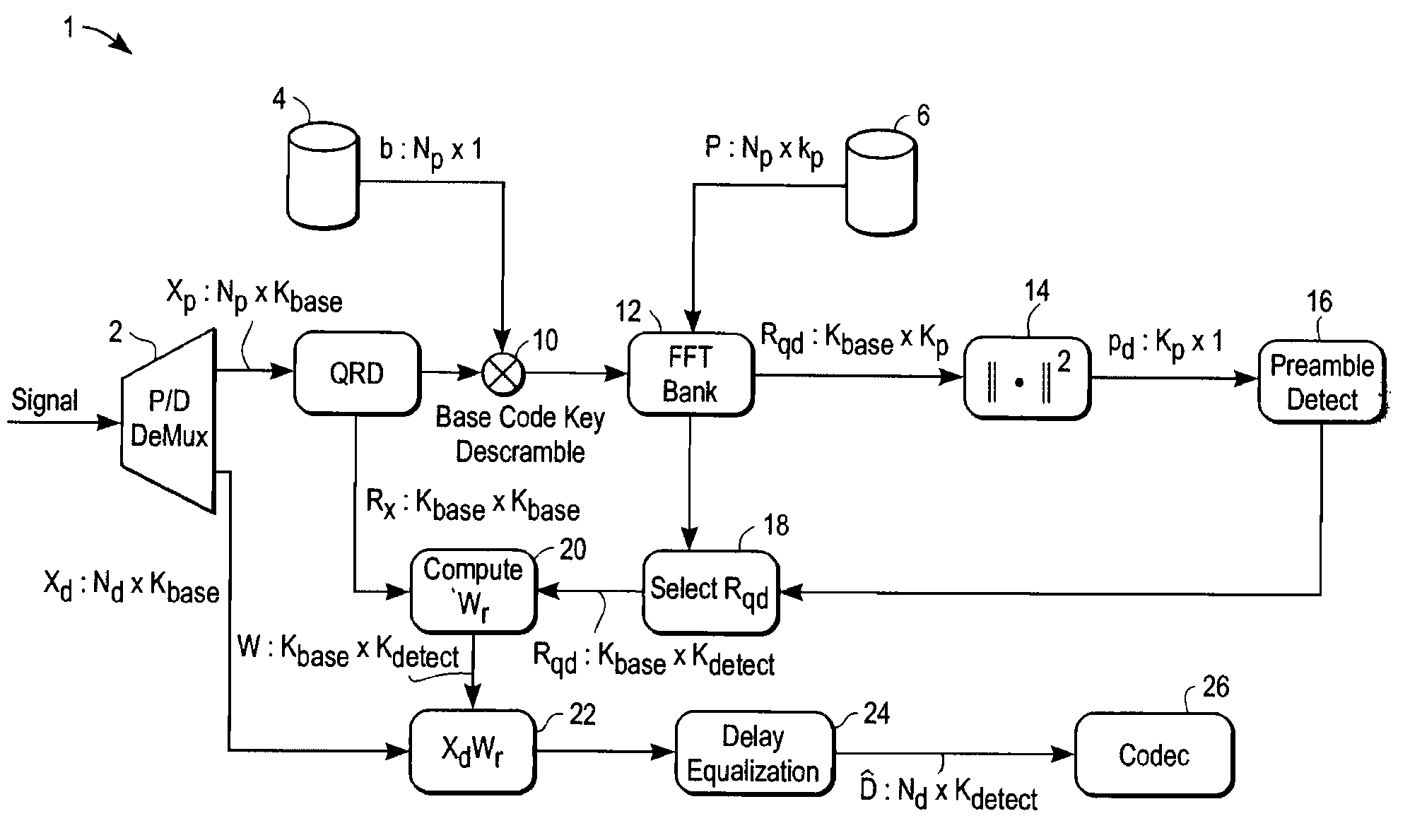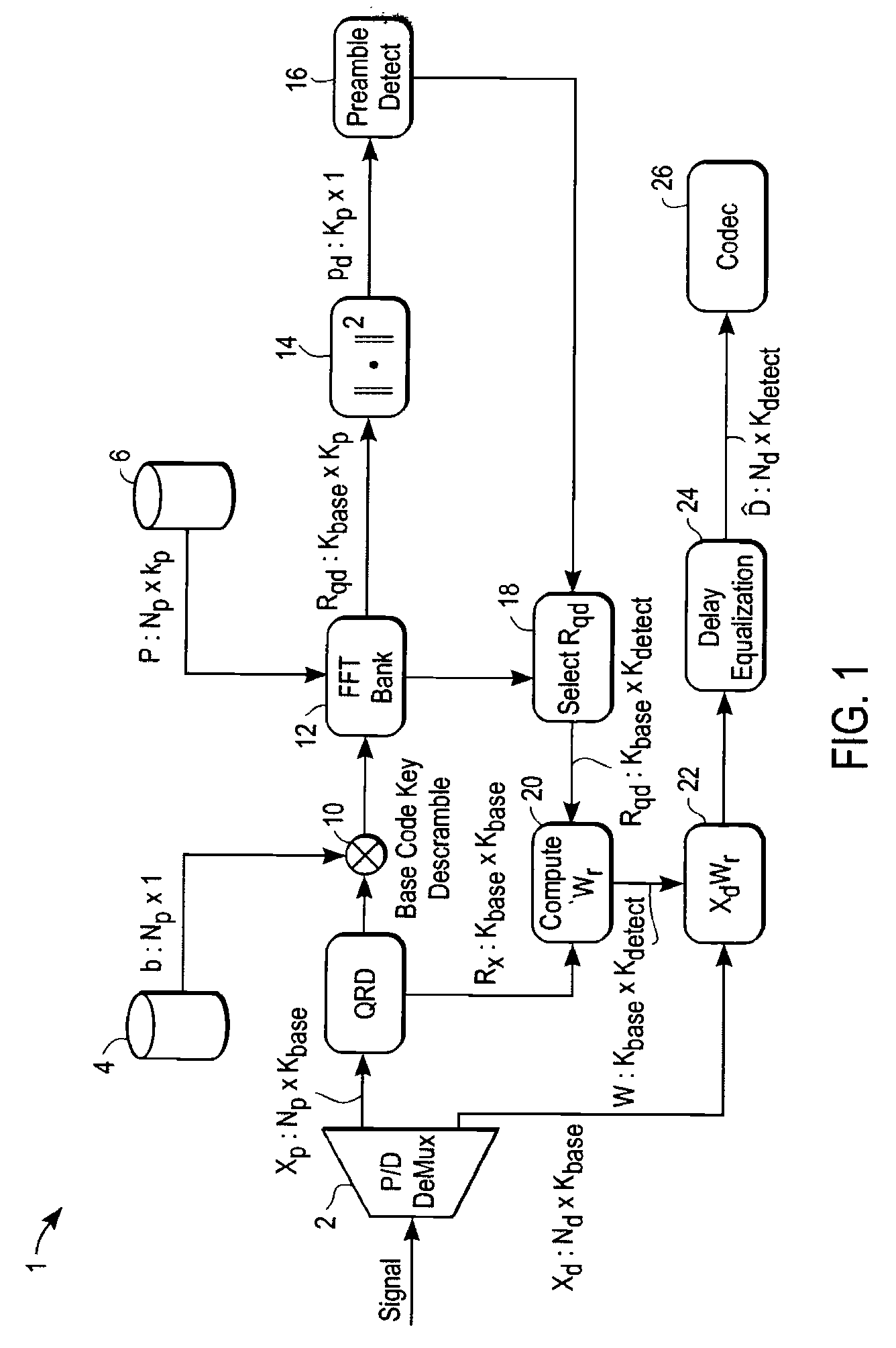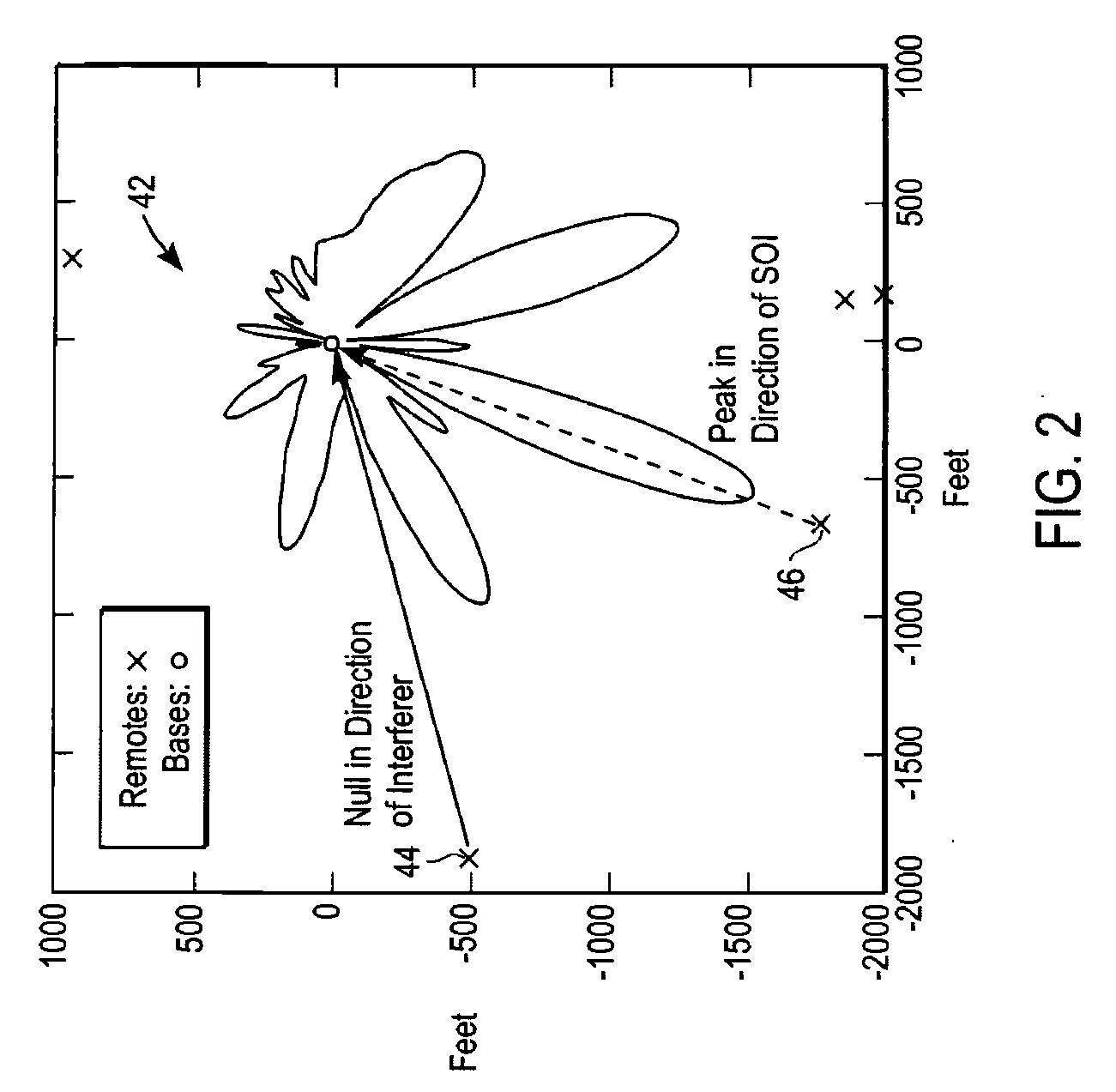Adaptive Communications Methods for Multiple User Packet Radio Wireless Networks
a wireless communication network and packet radio technology, applied in the field of wireless communication, can solve the problems of unsuitable data network use, unsuitable current techniques, and unsuitable point-to-multipoint topologies, and achieve the effects of reducing the number of users, and improving the quality of service li
- Summary
- Abstract
- Description
- Claims
- Application Information
AI Technical Summary
Benefits of technology
Problems solved by technology
Method used
Image
Examples
Embodiment Construction
[0115]An exemplary wireless communications network in accordance with a preferred embodiment is illustrated in the diagram of FIG. 19. In this example, a wireless communications network 212 is divided into three cells 214a-214c. A cell includes a central node referred to as a base 216a-216c. Each cell 214a-214c represents an area of coverage by one corresponding base 216a-216c, respectively. Typically the bases 216a-216c are fixed and include connections to external networks such as the Internet or networks supported and maintained by a service provider.
[0116]A remote unit, referred to as RU, is located in a cell. In the example of FIG. 19, RUs 218a1-218a9 provide broadband access to a single user or a network of users. Nine RUs 218a1-218a9 are shown in cell 214a for illustrative purposes. Additional RUs may be included in the first cell 214a, as well as in the second and third cells 214b-214c. The RUs are fixed in this example, although in general they are not necessarily fixed. Ea...
PUM
 Login to View More
Login to View More Abstract
Description
Claims
Application Information
 Login to View More
Login to View More - R&D
- Intellectual Property
- Life Sciences
- Materials
- Tech Scout
- Unparalleled Data Quality
- Higher Quality Content
- 60% Fewer Hallucinations
Browse by: Latest US Patents, China's latest patents, Technical Efficacy Thesaurus, Application Domain, Technology Topic, Popular Technical Reports.
© 2025 PatSnap. All rights reserved.Legal|Privacy policy|Modern Slavery Act Transparency Statement|Sitemap|About US| Contact US: help@patsnap.com



